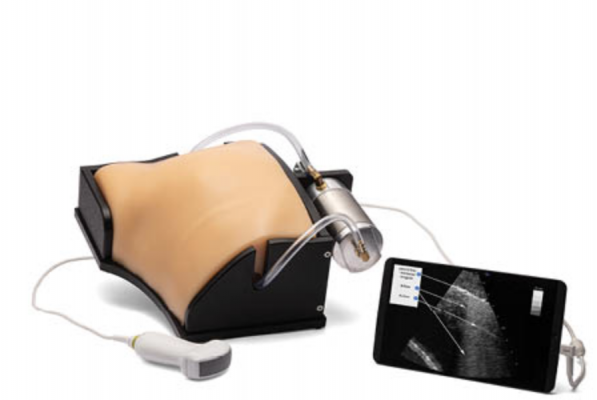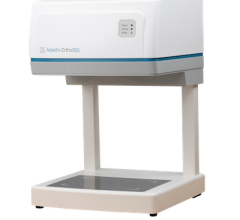
April 14, 2020 — CAE Healthcare announced a new product suite engineered to provide hands-on foundational training to help physicians quickly learn to scan and assess coronavirus patients using point-of-care ultrasound at the bedside. The suite combines the best of three CAE hardware and software product platforms: CAE Blue Phantom, CAE ICCU e-learning and the CAE Vimedix ultrasound simulator. The new Blue Phantom COVID 19 Lung Ultrasound Training Simulator was designed in collaboration with leading physicians across the world, and it is the first of its kind commercially available.
The training bundle covers a range of pre-existing medical conditions and potential complications. The CAE ICCU and Vimedix modules are being offered free of charge through the month of April.
“Clinical providers and educators on the front lines of the pandemic are communicating with us regularly about their most urgent training needs,” said Rekha Ranganathan, president of CAE Healthcare. “With their input, we were able to very quickly develop relevant COVID-19 scenarios on our existing ultrasound simulation platforms. We are focusing a great deal of our expertise and our efforts on delivering practical, accessible, just-in-time training that will help medical providers save more lives.”
In the United States, the Medical Imaging Technology Alliance (MITA), has asked the FDA to prioritize approval of point-of-care ultrasound and other mobile imaging devices that play a role in the COVID-19 care. As access to CT and X-ray imaging decreases due to an overwhelming increase of patients, point-of-care ultrasound can minimize hospital staff exposure while accelerating the delivery of care.
The CAE Blue Phantom COVID-19 Lung Ultrasound Training Simulator replicates the acoustic properties of human tissue, allowing users to practice imaging skills with real ultrasound machines as they learn to diagnose key findings consistent with Covid-19 cases. With lung anatomy and pathological landmarks that include pulmonary edema, a thickened pleural lining and lesions, the COVID-19 disease findings become more progressive as the user scans the lower ribs.
The CAE Vimedix 3.0 ultrasound simulator pathology with lung ultrasound for Covid-19 displays respiratory failure and interstitial pneumonia. Obtaining standard ultrasound views of the heart reveals heart failure with characteristic findings consistent with cardiac dysfunction; cardiomyopathy and myocarditis. The Vimedix simulator features a split screen view of an ultrasound image alongside 3D anatomy so learners can quickly gain competence scanning different planes and obtaining views.
The CAE ICCU web-based portal offers interactive, multimedia curriculum and a learning center with articles, clinical cases and additional resources that can be accessed anytime. The new CAE ICCU POCUS Lung Anatomy module will include tutorials, animations and instructional videos to improve understanding of the COVID-19 lung and respiratory and cardiac failure.
Throughout April, CAE Healthcare is also offering complimentary webinars and its COVID-19 Simulated Clinical Experience (SCE) to help caregivers practice personal safety procedures and patient assessment. CAE Healthcare and UK-based iRIS Health Solutions have shared the COVID-19 SCE free of charge to the global iRIS community across 40 countries and translated it into 7 additional languages. iRIS is a healthcare training authoring and sharing platform with more than 6,000 user licenses worldwide.
CAE was selected by the Canadian government to design and manufacture 10,000 ventilators over three months to support the COVID-19 crisis. CAE Healthcare is also developing a simulation-based Pathogens of High Consequence course for release in the coming weeks.
For more information: https://caehealthcare.com/covid19/


 December 05, 2025
December 05, 2025 









